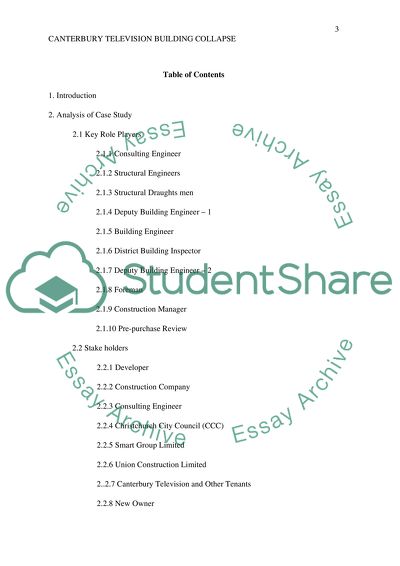Cite this document
(“Canterbury Television Building Collapse Assignment”, n.d.)
Retrieved from https://studentshare.org/engineering-and-construction/1484087-canterbury-television-building-collapse
Retrieved from https://studentshare.org/engineering-and-construction/1484087-canterbury-television-building-collapse
(Canterbury Television Building Collapse Assignment)
https://studentshare.org/engineering-and-construction/1484087-canterbury-television-building-collapse.
https://studentshare.org/engineering-and-construction/1484087-canterbury-television-building-collapse.
“Canterbury Television Building Collapse Assignment”, n.d. https://studentshare.org/engineering-and-construction/1484087-canterbury-television-building-collapse.


